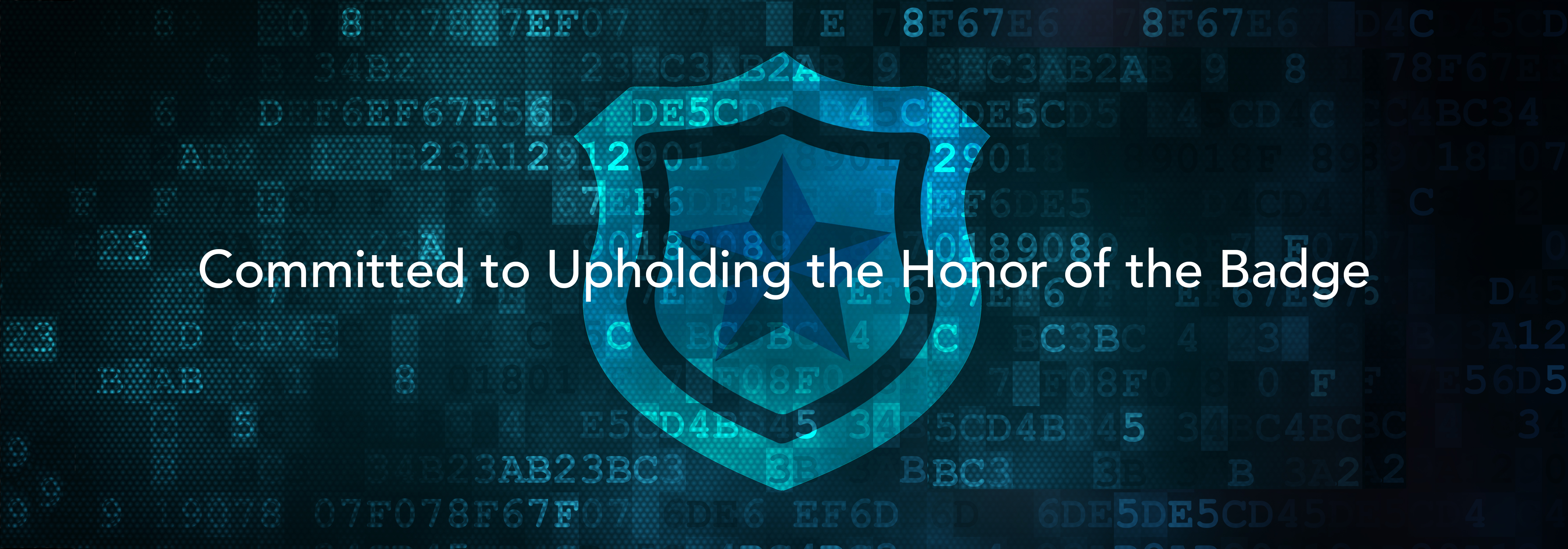You've heard the saying, "Those who can't do, teach." That might be true for an aspiring actor turned high school drama instructor, but when it comes to field training officers (FTOs), it's typically an agency's top performers who are chosen to teach your department's recruits.
Most FTOs will tell you that field training is one of the toughest assignments in an officer's career. The role comes with four dimensions of accountability: your agency, your trainee, your community, and yourself. This multi-level accountability is why removing friction and adding automation to your FTO's toolkit is essential.
Human error can be an inevitable part of policing, but acknowledging its potential is different from accepting it. In fact, up until recently, departments distributed and tracked recruit training with a pen, paper, and binders containing an entire forest's worth of material. The inefficiencies of this outdated system only added to the stress of training a recruit.
The Two (Not So Great) Use-Cases for Paper Daily Observation Reports
 A key component to field training is the Daily Observation Report. These reports track the evolution of a new recruit to full-time officer. As your agency transitions to more digital systems, the DOR becomes an essential data-point in understanding the effectiveness of your training (e.g., identifying gaps in the curriculum), and the career trajectory of your officers.
A key component to field training is the Daily Observation Report. These reports track the evolution of a new recruit to full-time officer. As your agency transitions to more digital systems, the DOR becomes an essential data-point in understanding the effectiveness of your training (e.g., identifying gaps in the curriculum), and the career trajectory of your officers.
The typical DOR consists of four elements:
- Assessment
- Narrative
- Training Tasks
- End of Day Summary
When you capture this information on paper and file it away, you are essentially discarding any potential insight.
Best case scenario, those files live out the rest of their days in a beige cabinet. Worst case scenario, your agency scrambles to find records to either support or dispute claims related to an officer's training history.
Outside of capturing those four elements, what else should your FTO software do?
Be Digital: Either On-Premise or in the Cloud
There are two approaches to implementing a new type of software. You can either choose to host it yourself on-premise (meaning your agency probably has an IT team with its server resources) or decide to use software living in the cloud.
 If you're reading this post, you're likely familiar with The Cloud, or at least have used technology hosted in it. It's a fluffy name for data or software that's stored and used through someone else's servers.
If you're reading this post, you're likely familiar with The Cloud, or at least have used technology hosted in it. It's a fluffy name for data or software that's stored and used through someone else's servers.
Regardless of your preference, it's essential to digitize your DORs. This allows you to leverage the many advantages of software — functions like collaboration, reporting, automation, and integrating your other technologies like CAD and RMS.
Go Beyond Field Training
Field training is only the beginning of an officer's (hopefully) long career. FTO's understand that every officer they instruct becomes part of their legacy. The principles they instill will inform every subsequent in-service activity that recruit performs as an LEO.
A beneficial FTO solution will extend to integrate with your in-service training platform. This allows you to understand an officer holistically, without losing signals in the noise of re-certification and other procedural necessities. It also helps you detect patterns in long-term outcomes of your FTO program. This can be useful in recognizing exceptional trainers and preventing FTO burnout.
Configure to Your Agency's Training Requirements
Finally, FTO software should align with your department's particular needs. Law enforcement is a fluid, ever-changing profession, with new laws, regulations, and technology emerging yearly (California, New Jersey, and other states are currently wrestling with new mandates that will fundamentally change the systems and processes that departments in these states had in place).
Trying to manage all these changes with paper-based or cobbled-together solutions could lead to compliance violations, or worse. Training is a pillar of policing, and field training is the foundation of that pillar. A single crack can spread to imperil the whole structure. 
Your FTO software should configure to support the following:
- Your agency's Assessment Categories
- Your agency's Evaluation Scale and Rubric
- Your agency's training activities
- Your compliance or standards guidelines (e.g., CALEA or POST)
- Your agency's certification requirements (e.g., CPR or emerging technology like TASERs)
You know that your FTOs are some of the best your department has to offer. However, the complex nature of today's policing environment, in addition to the workload strain resulting from fewer recruits, means investing in FTO software that frees your trainers to focus on turning recruits into outstanding public servants and spending less time dealing with paper.

